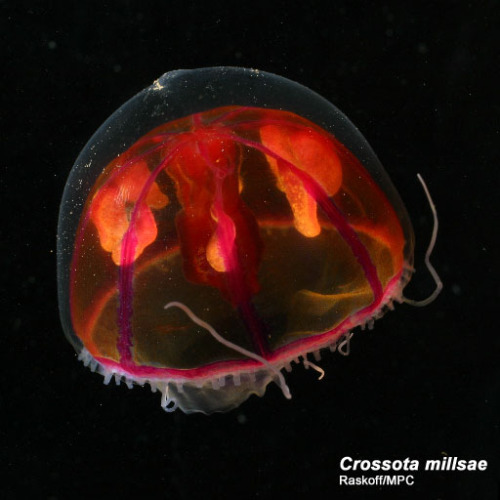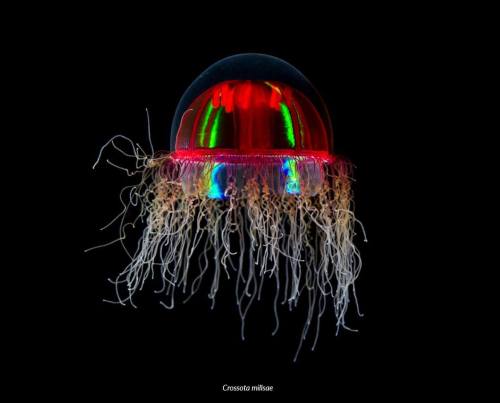Experience Tumblr like never before
Marinelife - Blog Posts
The age-old mystery of why otherwise healthy dolphins, whales and porpoises get stranded along coasts worldwide deepens: After a collaboration between our scientists and marine biologists, new research suggests space weather is not the primary cause of animal beachings — but the research continues. The collaboration is now seeking others to join their search for the factors that send ocean mammals off course, in the hopes of perhaps one day predicting strandings before they happen.
Scientists have long sought the answer to why such animals get beached, and one recent collaboration hoped to find a clear-cut solution: Scientists from a cross-section of fields pooled massive data sets to see if disturbances to the magnetic field around Earth could be what confuses these sea creatures, known as cetaceans. Cetaceans are thought to use Earth's magnetic field to navigate. Since intense solar storms can disturb the magnetic field, the scientists wanted to determine whether they could, by extension, actually interfere with animals' internal compasses and lead them astray.
During this first attempt, the scientists – from our Goddard Space Flight Center; the International Fund for Animal Welfare, or IFAW; and the Bureau of Ocean Energy Management, or BOEM – were not able to hammer down a causal connection. Now, the team is opening their study up much wider: They're asking other scientists to participate in their work and contribute data to the search for the complex set of causes for such strandings.
Read the story: https://www.nasa.gov/beachings
Watch this video on our YouTube channel: https://youtu.be/1cAiLKP2F-U
Make sure to follow us on Tumblr for your regular dose of space: http://nasa.tumblr.com.

Threadfin Snailfish
Careproctus longifilis
The Threadfin Snailfish resembles a prehistoric tadpole that is ghostly white. The holes in its face are large sensory pores that help them detect changes in the ocean. It is often found at depths between 1900 to 2997 meters.
Photo credit: https://www.timeout.com/singapore/museums/creatures-of-the-deep

Pram Bug
Phronima sedentaria
The Pram Bug is a deep sea amphipod that is located between 200 to 1000m in the ocean. It has a translucent exoskeleton and can see primarily blue light. It is also is contained in a hollowed out barrel that is used for protection and to house babies. The image above is a female pram bug carrying its young.
Photo Credit:https://ocean.si.edu/ocean-life/invertebrates/phronima-female-and-young


Psychedelic Medusa
Crossota millsae
The Psychedelic Medusa is a deep-sea hydrozoan that is abundant in the North Pacific. The mini-jelly is found at depths between 1000m to 3800m, and are often observed drifting near the ocean floor. It also has an eccentric reproduction behavior uncommon in cnidarians. The females display viviparity, and carry the babies in her bell until they are ready to hatch.
Photo credit: http://www.arcodiv.org/watercolumn/cnidarian/Crossota_millsae.html
https://twitter.com/spothvegr/status/1030177493075079169


Atolla Jelly
Atolla wyvillei
The Atolla Jelly is a fiery, red jellyfish that has an extraordinary display of bioluminescence. When the jelly is attacked, it uses bioluminescence to produce thousands of vibrant, blue flashes; the blue flashes act as an alarm, which draws in bigger predators and warns prey. The jelly can be found at depths between 600 m to 1500m, and it also has a long hypertrophied tentacle that aids in reproduction.
Photo credit: https://en.wikipedia.org/wiki/Atolla_jellyfish
https://en.wikipedia.org/wiki/Atolla_jellyfish